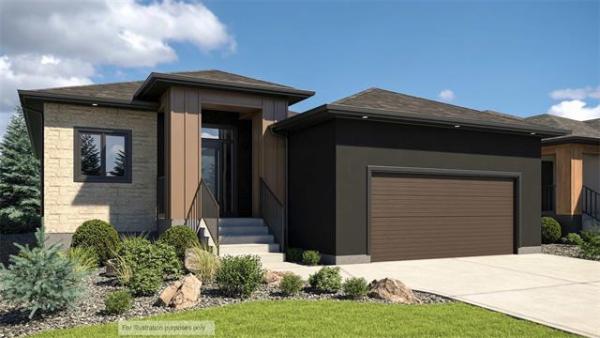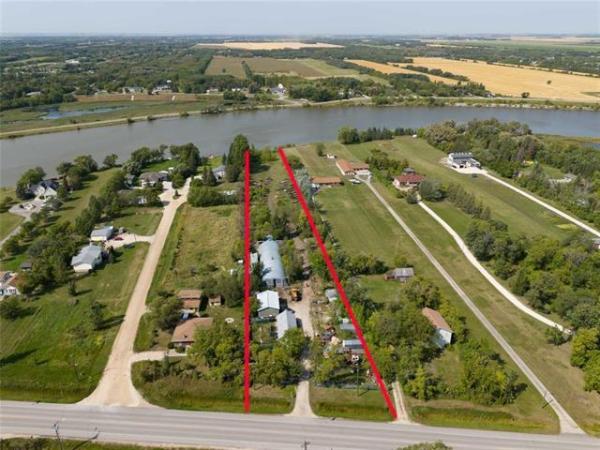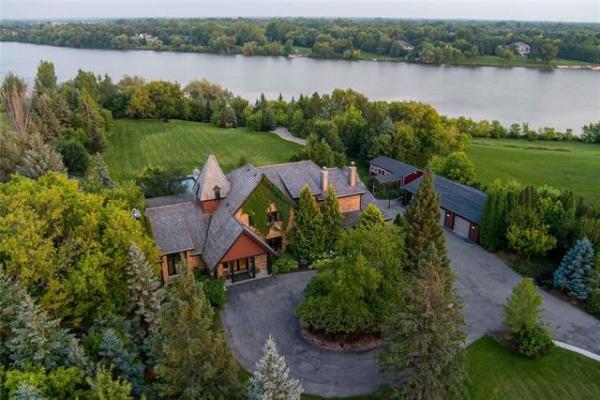Question: I’ve read your previous article on why you shouldn’t use heating cable on roofs. Wouldn’t it be better installing the heat cable only in the eavestrough, and then running it via the downspout, not putting any of the cable on the shingles?
We had rain, then freezing rain and then temperatures dropped well below freezing, all in a day and a half. That crazy weather didn’t allow much melted snow to drain out of the eavestroughs. After that, these big icicles formed, hanging down from the troughs.
We do have lots of insulation in the attic, so I don’t think that is a cause.
I would appreciate your viewpoint on this matter, as I agree with you about putting the heat cable on the shingles being a bad idea.
— Ralph Nafziger
Answer: Heat-trace cables are among those items I consider a Band-Aid or a last-ditch solution for more complex house issues. While they may work for your suggestion in the eavestroughs, other maintenance efforts may negate the need for these questionable electrical devices.
Home centres and other retailers are frequently full of items that appear to be simple solutions for often difficult to understand home issues. Many of these are inexpensive to use and install, but others are mainly unnecessary, or downright harmful.
Heat-trace cables are electrical devices that provide a moderate amount of heat to help melt ice and snow during cold weather. Most have an integrated thermostat, which only triggers the device when temperatures are below freezing.
I have little idea what the monthly cost in electricity is to run these gizmos, but it is not negligible.
In some older homes with very poorly designed roof systems, electric heating cables may be the only way to prevent the formation of huge, dangerous icicles from hanging down from the eaves, particularly below steep valleys. In those situations, periodic use on the roofing in the bottom of the valleys, in the transition seasons, may be acceptable.
In other buildings, mainly 1½- and 2½-storey homes, they are often used questionably, where improvements to air sealing, insulation and ventilation are the proper methods of prevention.
Also, periodic removal of heavy snow accumulations on the roof will minimize the need for electrical snow melting.
The reason heat cables should not be used on typical asphalt shingles is that the heat will damage the roofing. Heating shingles from the top in the winter will create a large temperature differential between the top and bottom of the roofing. This will cause the shingles to curl and dislodge the protective coloured granules embedded in the top layer. This will reduce the life expectancy by up to half, greatly increasing the chances of leakage. Roofs that leak will allow damage to the eaves, roof sheathing, framing and, potentially, the interior of the home, if they are large enough.
For this reason, anything that allows the top of the roofing, or the underside, to be warm during our bitterly cold winters can cause major moisture intrusion and damage.
Your specific question appears to address a common issue that may occur in the shoulder seasons, late fall and early spring. A freeze/thaw cycle is normally only seen in our area during these times, or once or twice during a warming trend in the middle of winter. So, those may be the only periods when it would be advantageous to use a heating cable in the metal eavestroughs and downspouts.
There are few drawbacks to the targeted use of this system, as long as it is limited. The main problem, other than the costs associated with installation and operation, is possible blockage of the roof drainage system. It can be tough enough to prevent blockage of eavestroughs and downspouts by leaves, twigs and other debris without further jamming an electric cable inside the small spaces. Tree litter can more easily get hung up on the plastic-coated wiring than the relatively smooth metal surfaces of the gutters and pipes.
For this reason, I would suggest removal and storage of any heat-trace wiring components after the spring thaw to prevent blockage during summer rain.
While I agree limited use of heating cables may prevent excessive ice formation during unusual shoulder-season weather, they may still not be worth the effort. As long as the freeze/thaw events are not compounded, these issues may solve themselves as soon as there are a few sunny days. Even in below-freezing temperatures, the warmth from the sun will often be enough to melt ice and allow some drainage before the dead of winter arrives. Conversely, when the spring melt begins, it corresponds with longer days and stronger sunlight, which will eventually melt the troublesome ice naturally.
Because eavestroughs are mostly made from metal, they are good conductors of heat and will help accelerate the melting when in direct sunlight. This is less of a benefit in shady areas, so avoiding installation of downspouts on the north side of the home or behind trees and bushes is also a good idea.
Using a device that requires costly electrical current to melt ice inside eavestroughs and downspouts is a temporary solution, and one that should be used sparingly.
Clearing snow from roofs before spring, and other maintenance items noted, may be better choices to prevent troublesome ice from forming at your eaves.
Ari Marantz is the owner of Trained Eye Home Inspection Ltd. and the past president of the Canadian Association of Home & Property Inspectors — Manitoba (cahpi.mb.ca). Questions can be emailed to the address below. Ari can be reached at 204-291-5358 or check out his website at trainedeye.ca.
trainedeye@iname.com



